 Life & Style
Life & Style

If you visit Long Trung Commune in Tiền Giang Province’s Cai Lậy District ahead of the Tết (Lunar New Year) holiday, you will notice sedge mats of cassava paper lining the roads drying in the sun.
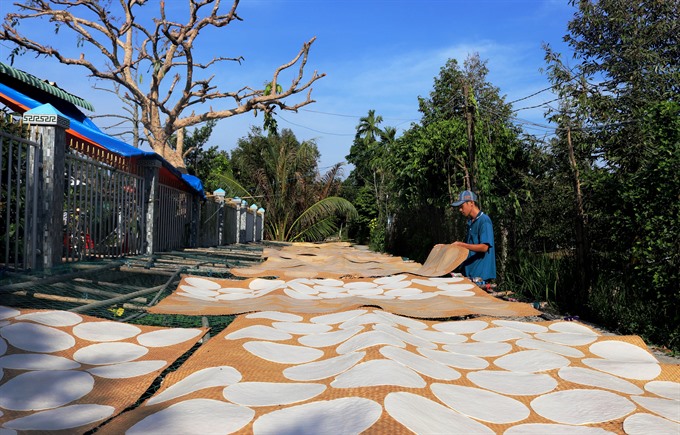 |
| Skills: Making cassava paper in Long Trung Commune in Tiền Giang Province’s Cai Lậy District. The paper making season is especially busy before Tết. — VNS Photo Ngọc Diệp |
by Ngọc Diệp
TIỀN GIANG — If you visit Long Trung Commune in Tiền Giang Province’s Cai Lậy District ahead of the Tết (Lunar New Year) holiday, you will notice sedge mats of cassava paper lining the roads drying in the sun.
In the southern region, cassava paper is used during Tết as offerings to ancestors and as treats for guests.
 |
|
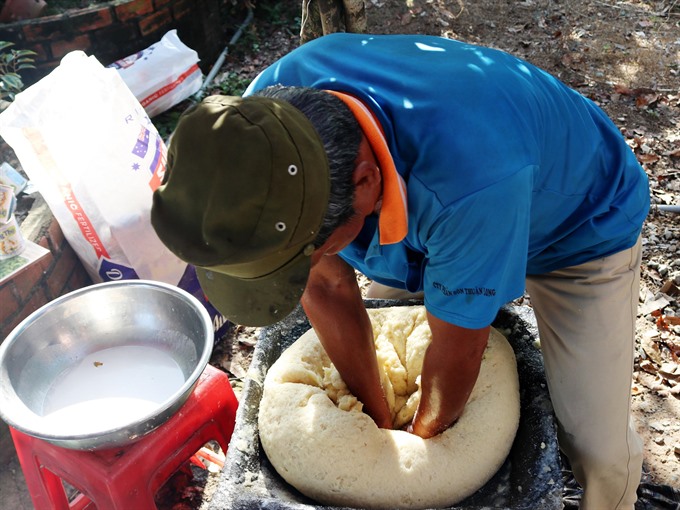 |
| Kneads must: Making good cassava paper requires skill in selecting materials and finesse in mixing and rolling the cassava paper. — VNS Photo Ngọc Diệp |
Cassava papermaking in Long Trung Commune has been passed down for many generations.
Ten years ago, between 30 and 40 professional cassava paper establishments and households existed, mostly in hamlets 7, 8, 11 and 15.
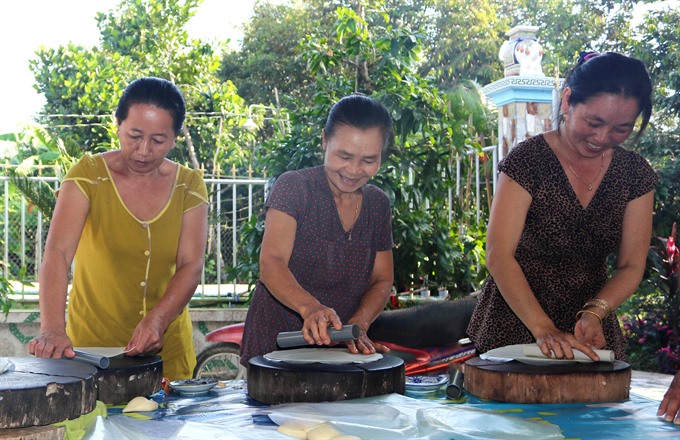 |
| Top job: The mixture is divided into small round shapes and rolled on a piece of plastic paper. — VNS Photo Ngọc Diệp |
However, only about 10 establishments are now working.
Although machines exist to roll cassava paper, the artisans still do their craftwork by hand.
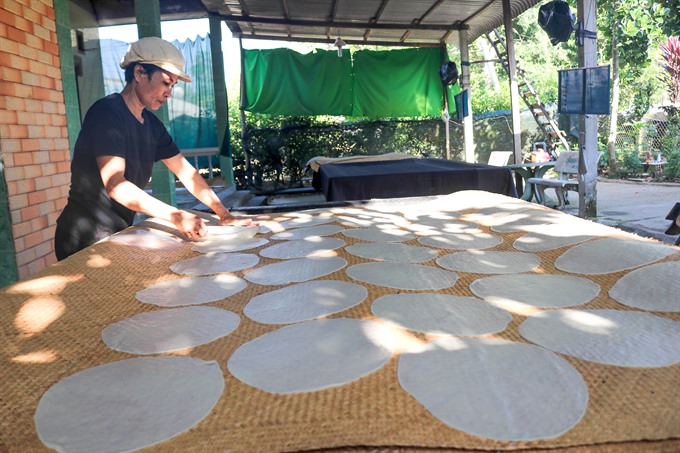 |
| Drying off: After rolling, the cassava paper is placed on a đệm bàng (a type of mat weaved from dried grey sedge) for drying under the sun. — VNS Photo Ngọc Diệp |
Cassava paper is produced from only one crop a year and lasts for a month before Tết. It is made from a mixture of steamed cassava, condensed milk, coconut milk and sugar.
 |
According to experienced craftspeople, 100kg of cassava can be used to produce nearly 2,000 pieces of cassava paper.
Each establishment can make from 2,000 to 3,000 pieces of cassava paper per day, depending on their orders.
The work has many stages and requires skills in mixing, rolling, and sun drying.
 |
 |
| Top notch: Good products are round, silky and thick. — VNS Photo Ngọc Diệp |
Craft workers usually use roll from the middle out and combine the rotational action on piece of plastic paper. Cassava papers are placed on đệm bàng (a type of mat weaved from dried sedge) to dry under the sun for three to four hours.
This year, 100 cassava paper prices are VNĐ200,000 (US$8.6). For each crop, a household can earn tens of millions of đồng.
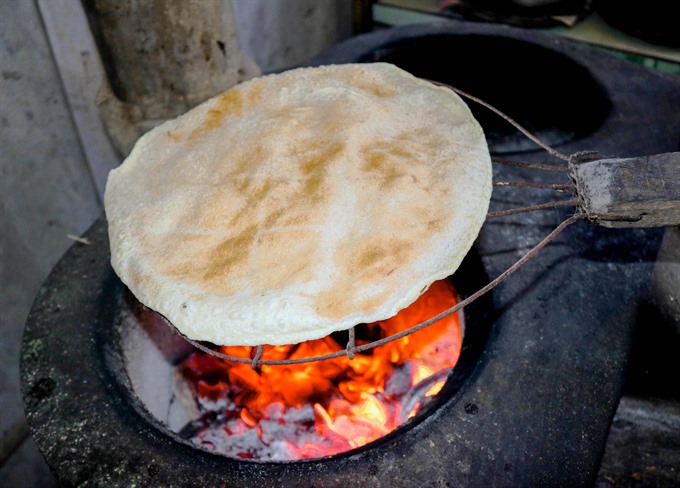 |
| Cooking time: Cassava paper can be grilled, fried or eaten raw. — VNS Photo Ngọc Diệp |
 |
| Tasty: Children enjoy grilled cassava paper, a delicious southern traditional cake on Tết, especially in rural regions. — VNS Photo Ngọc Diệp |
Most products have been ordered by local customers and in neighbouring localities.
Local authorities are looking at plans to promote cassava papermaking for tourism and to preserve the traditional cultural values of the locality.
his would ensure that the skills and recipes for making cassava paper are passed to the next generation. — VNS



.jpg)





